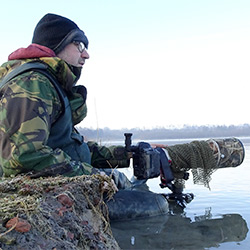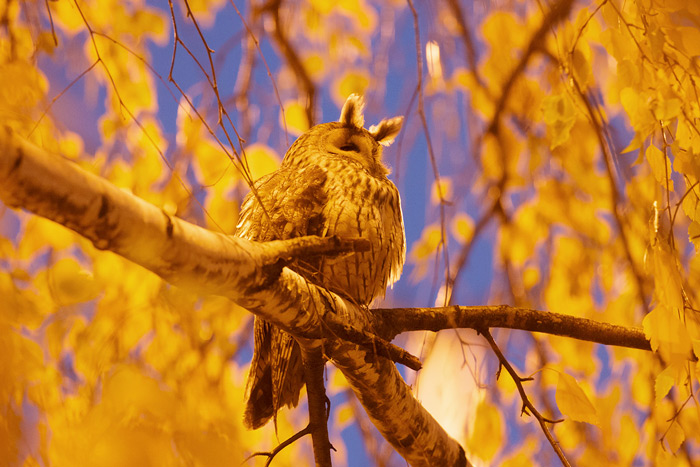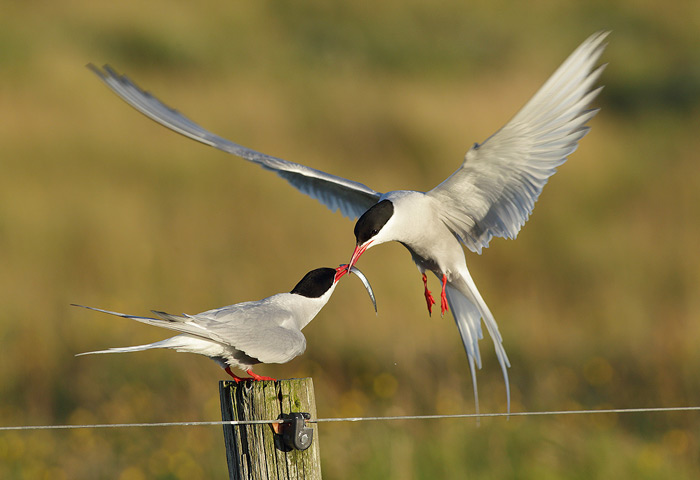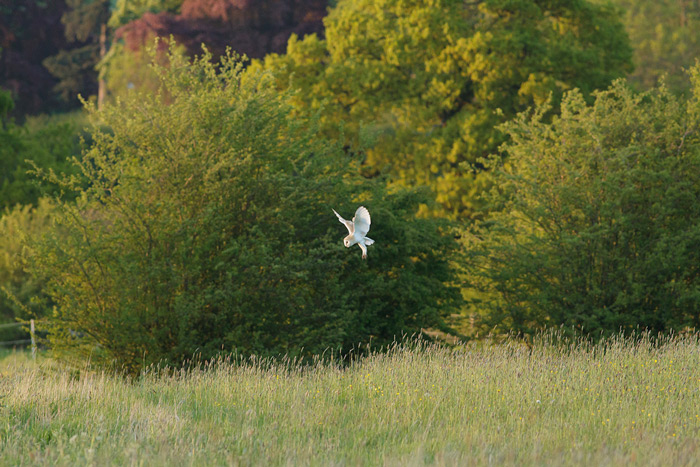 I’ve recently had the distinct pleasure of interviewing a very talented and experienced Professional Nature Photographer based in Leeds, Yorkshire. His name is Paul Miguel and he has always been aware of his love for wildlife since his childhood. Paul’s body of work is quite expansive and his passion and drive for photography speaks for itself.
I’ve recently had the distinct pleasure of interviewing a very talented and experienced Professional Nature Photographer based in Leeds, Yorkshire. His name is Paul Miguel and he has always been aware of his love for wildlife since his childhood. Paul’s body of work is quite expansive and his passion and drive for photography speaks for itself.
Paul, thank you for taking the time to participate in this interview and best of luck to you with all your future creations. You are a very talented photographer and someone whose work is definitely worth following. I hope to see more great things from you in the future!
If you’d like to learn more about Paul, please visit his website and workshops. You can also follow him on Twitter and YouTube.
Can you please tell the readers a bit about yourself?
I’m a professional nature photographer based in Leeds, Yorkshire. Ever since I was young I’ve been fascinated with nature, with a particular passion for birds. I originally wanted to get into wildlife film making and gained a degree in Zoology at Swansea University. I sell images to various markets, write articles for magazines and create videos for YouTube.
Where do you call home?
I’m originally from Blackpool on the west coast of England but have lived in Leeds since 2000. I consider Leeds to be my home now and I much prefer living in Yorkshire.
After browsing through your website, I see that you’re truly immersed in the field of photography. What is it that led you towards photography and how long have you been working in it?
I really started out as a birdwatcher, loving birds – and all wildlife. I decided I wanted to record it somehow and that’s how I got started. I was always creative – and as a kid used to draw and make things constantly. I’ve been taking pictures for nearly 30 years now and been doing this on some kind of professional basis for 15 years.

Are you self-taught or formally-taught? Where have you found the majority of valuable information along your journey?
I’m completely self-taught. Early on I would read tons of books about nature photography. Whilst these were useful from a technical point of view I actually think it was the inspiration that helped more. Like many nature photographers I’ve always found the best way to learn is by getting out, trying, and learning from your mistakes and successes.
What is your favorite and least favorite part of owning your own photography business?
My favourite part is actually taking the images. Also, I really enjoy the ‘setting up’ part. If I’m putting up a new hide or creating a feeding station for small birds the initial preparation can be really exciting as you don’t quite know how it’s going to go. I also get a lot out of developing ideas for new workshops and tours that are completely my creation. My least favourite part is absolutely the office side of things. I don’t mind processing too much but find the captioning and key-wording tedious.. not to mention all the emails and general administrative tasks.
What type of session do you look forward to the most vs what type of session you most often do?
I really don’t have a common type of shoot. I really work around the weather – so if it’s clear and calm I’m more likely to be photographing birds. If it’s overcast then I’ll concentrate on macro subjects and woodlands for example. I particularly look forward to any wildlife shoot where the conditions forecast sound absolutely perfect!
When shooting subjects, what do you find most challenging?
The weather is a big one, simply because it’s so changeable in the UK. Changing light is a real pain and can completely alter the image from one minute to the next. One of the biggest difficulties I find is the wind – I love shooting wildfowl with calm reflections but the amount of days where this is possible can be surprisingly few. If I get 3 or 4 days like this in one season, that’s doing pretty well…
What would you say your most remarkable wildlife encounter has been?
One of the most amazing experiences has been my time with Long-eared Owls in Serbia. In various towns and villages, they join together in winter to create huge roosts, often in the hundreds – I’ve actually seen over twenty in just one tree! They are often in urban areas and in these locations can be lit by nearby street lights. As the light fades they begin to stir – preening and stretching before heading out to hunt. Watching this behavior at close range really is a privilege and is undoubtedly one of the best experiences of my life.

What’s the best part of being a photographer?
Without doubt, sharing those intimate moments out in the field with completely wild subjects – on my own. To this day it gives me the best rush ever. In fact, when I get that special encounter – I feel completely like a kid again!
What is the most challenging part of being a photographer?
The business side for sure. I love photographing everything in Nature but to make a living you have to be a businessman. This has never been my strong point and whilst I’ve improved considerably I’ll probably always find this side of it difficult. Being a great photographer doesn’t mean that much when it comes to actually earning money; you have to be good at marketing yourself and constantly looking for new avenues. But it’s also important to stay true to yourself.
Share with us your favorite image and why.
I really can’t pick one favourite – but this is certainly up there and definitely one of my best wildlife images. I took the photo in Iceland. I’ve since been to Iceland five times but this image was taken on my very first morning there. The holy grail in wildlife photography is behavior so it was very satisfying to get something like this. I just love the intimacy of the moment and how delicate the interaction looks.

How do you keep your photography fresh and how do you stay motivated to keep on learning?
The real aim is always the same – to capture wildlife in the best possible conditions and to photograph moments that show some type of behaviour. This alone keeps me inspired to work harder. In reality, there are so many images that still aren’t being taken: when did you last see a beautifully lit image of a blackbird pulling a worm from the ground…or a group of Oystercatchers piping in unison? One of the great things about being with Nature is that you never stop learning – the more time you spend with a subject, the more you start to see those little nuances that can make all the difference in predicting how it’s going to behave. I also enjoy seeing work from the more creative nature photographers, but I never try to copy anything directly.
Who is the most inspirational photographer in your life?
My initial inspiration was the softly spoken legend of Nature Photography, Laurie Campbell. He still inspires me to this day and I love the no-nonsense way in which he works. Similarly for Mike Lane who has a wealth of wildlife knowledge. I also find much inspiration from Andrew Parkinson and Thomas Heaton.
Do you visit any photography related websites or blogs on a regular basis and if so, which ones?
I tend to view a lot on YouTube these days (including my own YouTube Channel!). There’s some great content on there and I really enjoy seeing photographers share their passion. In terms of written content, I quite enjoy reading articles by Pete Cairns. He’s always thought-provoking and brings up a lot of interesting issues including the future of wildlife photography.
What type of camera(s) do you shoot with? What is your favorite lens?
Canon 1DX Mark i. My favourite lens is probably my Canon 500mm f4. Super sharp and super fast. It’s just too damn heavy!
What is in your camera bag?
I pack according to if whether it’s a wildlife or landscape/macro shoot. Usually two to three lenses; I also carry filters, a remote release, an angle finder, a small pair of scissors, and a reflector.
What is your favorite photography accessory?
Probably my angle finder. This allows me to work low to the ground a bit more comfortably. It really does save your neck quite a bit!
What piece of equipment would you most like to get but don’t have yet?
I think a newer 500mm lens (or 200-400mm), simply to reduce the weight I have to carry.
What’s your photo editing software of choice? How important is post-processing to you?
I do most processing in Photoshop. I don’t do a lot of post-processing. My aim to get everything as good as it can be in the camera first. After adjusting black and white points, some vibrance and/or saturation that’s pretty much it. Sometimes I add very slight sharpening. My aim is always the same – to process the image so that has the look and feel that it did at the time I took it.


Can you tell me about one of your favorite or most memorable photo shoots? What made it so great and why did you like it so much?
There are many that stick in my mind. One of my favourite shoots was a morning spent trying to capture Brown Hares. I was on about the fifth morning, lying down at the edge of a field by a hedgerow. There was no guarantee of a Hare at all but I got lucky. After a couple of hours, I could see a Hare gradually coming closer and closer. It gradually settled about twenty feet away and I got some lovely images. What made it so memorable was that it was completely natural – there was no intervention, no baiting. Just a wild animal going about its daily life in front of me. In all honesty, these are often the best images.
Do you have any projects that make you look back and shake your head? What made the experience so unpleasant?
There are a few. There is one that stands out as particularly gut-wrenching. I’d been watching a pair of Barn Owls hunting for their chicks for about ten evenings straight. I’d got some images but nothing earth-shattering. On the final evening, I was camouflaged in a hedge waiting patiently. After nearly two hours I had the most amazing view as one of the birds flew directly towards me in perfect light. Unfortunately, the camera just couldn’t cope in the low light conditions and I missed the shot. I was absolutely devastated. It actually took me a while to get over it.

Are there any areas of photography that you have yet to pick up on that you’d like to learn?
Not really. I’m currently doing more video work, and whilst it’s something I dabbled with when younger, I’m constantly working to develop my skills in this area.
What do you think the future holds for you? Where do you see yourself in the next few years? Do you see yourself as a photographer many years down the road?
Things have changed massively in the world of nature and wildlife photography. The older markets for images sales can no longer support a photographer financially so we all have to find new avenues. I’m continuing to develop Bird Photography Tours in Serbia and I hope to expand this more in the future. I also started a YouTube channel one year ago; it’s growing well and it’s a great way of reaching people directly. Rather than creating images and selling them, I’m now selling myself and the actual process of creating the image! The whole experience of YouTube has reaffirmed why I do what I do. It’s not just about experiencing Nature (although that’s massively important) but for me, it’s a drive to create; that’s what I was born to do – it’s something that has to be fulfilled within me. So I suppose I would really consider myself a ‘creator’ more than anything. In ten years time, I’m sure I’ll still be creating – it might just be in a slightly different way.
Leave a Reply